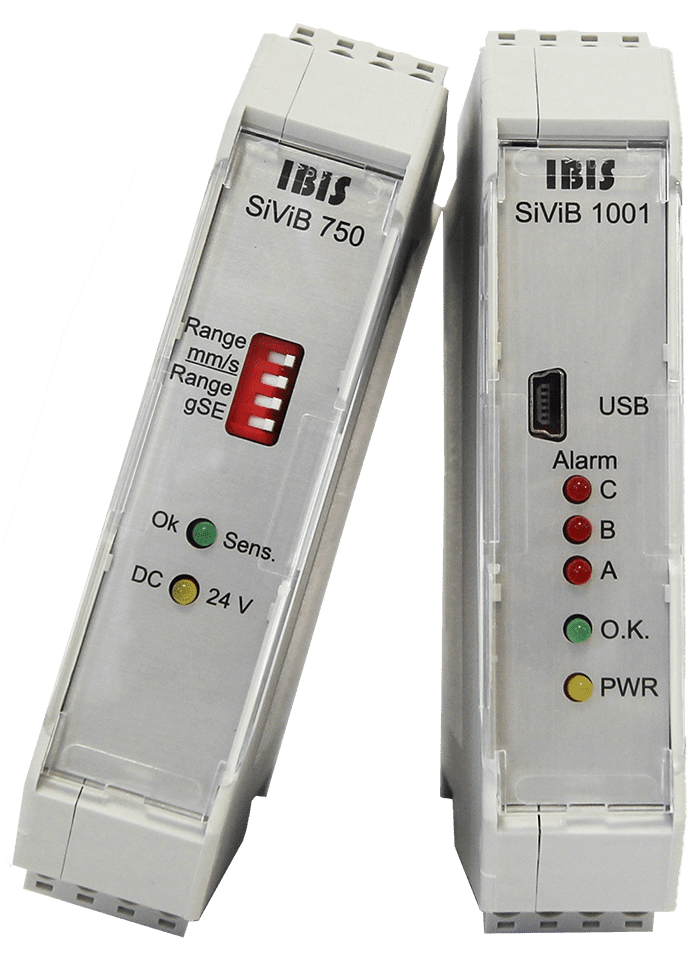Glossary » Measurement technology
M like measurement technology
Measurement technology
What is measurement technology?
Metrology refers to the use of various instruments and techniques to measure and analyse physical quantities. These quantities can cover a wide range of parameters including length, mass, temperature, pressure, time, electrical voltage and many others.
In measurement technology, different types of measuring devices and Sensors used to ensure accurate measurements. These devices can be simple, such as a ruler or thermometer, or they can be highly complex instruments that use advanced technologies such as Laser, electronics and computers.

Metrology is critical in many fields, including science, engineering, manufacturing, quality assurance, medicine, environmental protection and many others.
Accuracy control and precise measurements are often essential to ensure that products meet standards, experiments are carried out correctly or processes run efficiently.
In modern times, digital metrology plays an important role. It includes the use of computers and digital signal processing techniquesto accurately record, analyse and store measurements. This enables more accurate and efficient data collection and processing.
Get accurate results with Ibis measurement electronics!
Discover Ibis measurement electronics and their software applications for optimal condition monitoring of your machines.
Sensors & measuring devices for measurement
In metrology, you basically need first of all Sensors and measuring instrumentsto record and analyse physical quantities. Before use, sensors and measuring devices are first calibrated to ensure that they provide accurate and reliable measurements.
Sensors then record physical values (such as temperature, pressure, light intensity, etc.) and convert these into a electrical signal conversion. The measuring devices then receive these electrical signals from the sensors. The processed readings are shown on a display or digitised and stored in a computer. This allows data to be visualised, analysed and recorded for future reference. The collected data can be analysed, to recognise patternsidentify trends and draw scientific conclusions.
Functions of Measurement technology
Quantitative assessment
The main function of measurement technology is to evaluate physical quantities quantitatively, i.e. to provide accurate values for various parameters, such as length, mass, temperature, pressure, voltage, amperage and many others.
Monitoring
Measurement technology is used to monitor processes, systems or environments. It enables the continuous collection of data to ensure that everything remains within certain limits and standards.
Control
Measurement technology enables the control of processes and systems by providing real-time data. Based on this data, adjustments can be made to optimise the process or to ensure that a product or service meets the prescribed specifications.
Diagnosis
In many applications, especially in medicine and engineering, measurement technology is used to diagnose problems. Measurements can detect deviations from normal conditions, which is helpful in identifying problems and finding solutions.
Data collection and analysis
Measurement technology enables the collection of large amounts of data. This data can be analysed to detect patterns, identify trends and gain scientific knowledge.
Security
In fields such as aviation, construction and nuclear energy, measurement technology contributes to safety by monitoring key parameters and ensuring that systems function properly.
Research and development
In scientific studies and research projects, measurement technology is used to gain new insights, test hypotheses and drive innovation.
